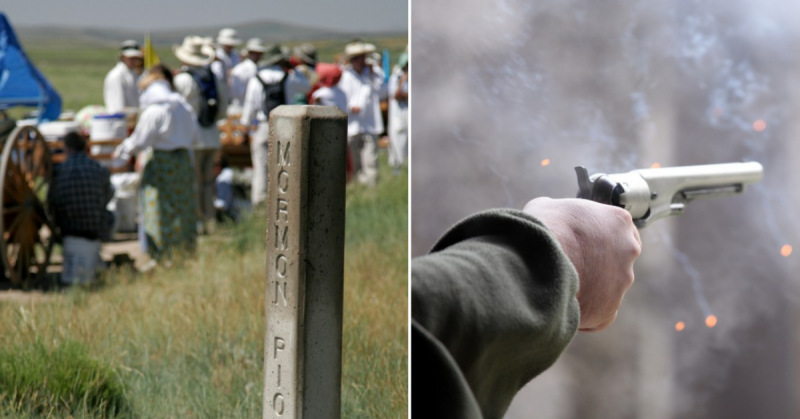The Church of Jesus Christ of Latter-day Saints faced a long struggle during the nineteenth century. Formed as a new religion expanding on the gospel of current churches, the LDS Church, more commonly known as Mormons, faced persecution and prejudice as they struggled to find their own Kingdom of God on earth.
From east to west across the United States they traveled in search of a home, and when they found one they were rarely welcome. Sometimes they could leave peaceably to continue their search. Their sojourn in Illinois was not one of those times.
On 10 September 1846 a group of Mormons in Nauvoo, Illinois found themselves under attack and were forced to defend themselves against their fellow countrymen. The so-called Battle of Nauvoo was one in a long list of struggles for the LDS Church as its members traveled ever westward in search of a homestead of their own.
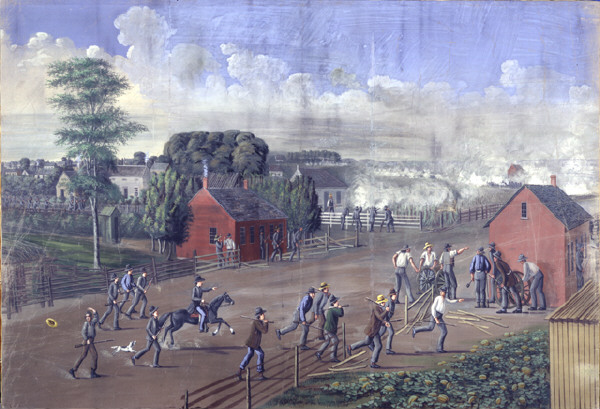
The town of Nauvoo itself was a sparsely populated settlement at the time, home mostly to Mormons too poor or ill to travel west with Brigham Young’s main branch of the Church. Earlier in the spring, several thousand Mormons had left the town to travel westward.
The remaining stragglers’ continued presence in the town angered the locals in surrounding settlements, and in standard American fashion, they gathered their arms to force the Mormons out of their state the hard way.
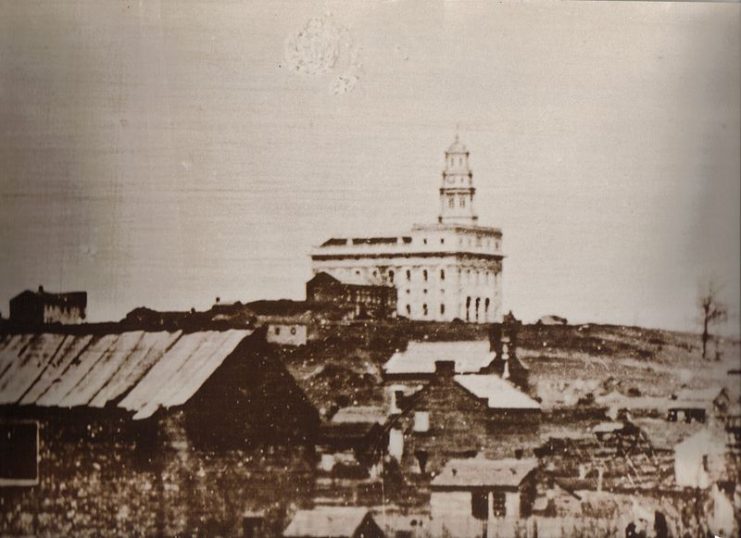
Led by Thomas Brockman, a mob of about a thousand settlers from nearby towns and villages gathered to kick out the Mormons of Nauvoo. 150 locals managed to rally to defend the town. Since the town was so small, ammunition and weapons were few and far between, although thanks to the efforts of firearms pioneer John Browning a few of the defenders had early repeating rifles. The defenders also modified a steamboat shaft into a primitive cannon.
Ammunition for the makeshift gun was so scarce that the defenders scavenged rounds fired by the attacking mob. The makeshift nature of both the attacking and defending “armies” meant few lives were lost, though both sides sustained casualties. Having barricaded the roads into the town, the mob settled in for a siege, and both they and the defenders took potshots at each other throughout the skirmish.
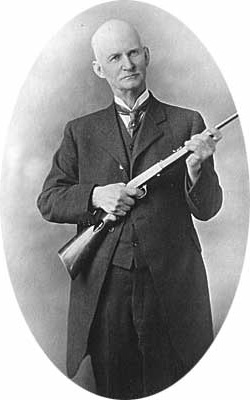
By sniping from the surrounding woodlands guerilla style, the Mormons managed to fend off the mob for an entire week. Finally, on September 16, church leaders, Daniel H. Wells paramount among them, concluded Nauvoo could not hold out, and sought peace terms with the mob.
The two sides quickly reached an agreement thanks to Mormon desperation and easy mob satisfaction.The agreement was fairly simple. The Mormons surrendered the city–including their temple–to the mob. In exchange, the Mormons would leave the city as fast as they could.
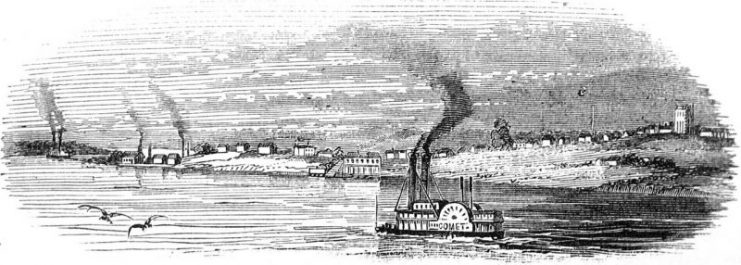
Despite the terms, the mob harassed them the entire way across the river, searching and ransacking their luggage, taking their weapons, and defiling their church. Impoverished and poorly equipped, the Mormons crossed the Mississippi River in search of a new home.
From Nauvoo the Mormon Trail began, and one more group would face the long journey west. The trail’s end, in far off Utah Territory, was a difficult, perilous road those who had just left Illinois had little choice but to traverse.
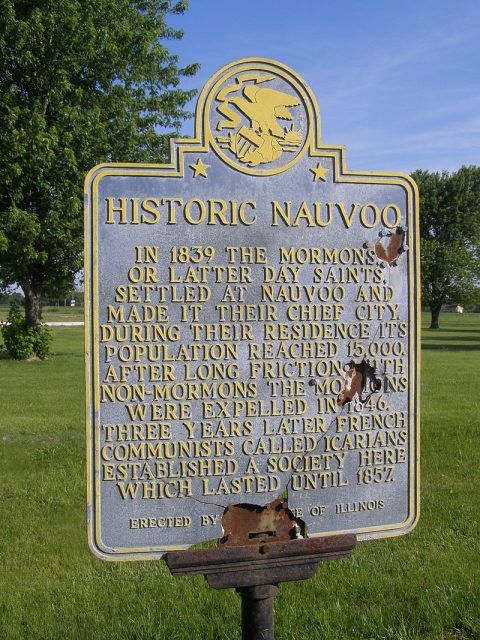
Despite this exodus, a Mormon presence remains in Nauvoo to this day. Though the Church was forced westward in search of a new home, their presence in the town lingered long enough to allow their legacy to survive the persecution they suffered in the nineteenth century. Their temple, once ransacked and defiled, also remains to this day, marking the starting point of yet another trail of persecution in America.
